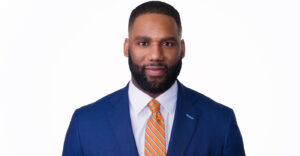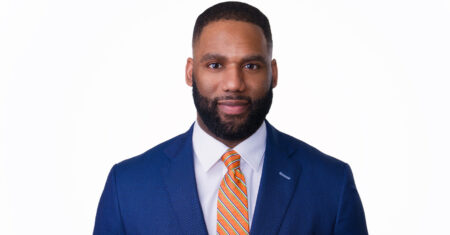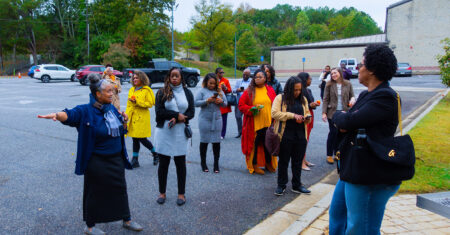Head Start programs prepare America’s most vulnerable young children to succeed in school and in life beyond school. To achieve this, Head Start programs deliver services to children and families in core areas of early learning, health, and family well-being while engaging parents as partners every step of the way.
The Head Start program encompasses Head Start Preschool programs, which primarily serve 3- and 4-year-old children, and Early Head Start programs for infants, toddlers, and pregnant women. Head Start programs operate in every state, many tribal nations, and several U.S. territories, including Puerto Rico. Head Start services are delivered nationwide through 1,600 agencies that tailor the federal program to the local needs of families in their service area.
To reach the children and families who need Head Start services the most, programs are designed according to community needs. Directly funded at the local level, Head Start programs tailor their programs as appropriate for families in the designated service area. These programs may be provided in different settings and hours according to the needs indicated by their community assessment.
Since 1965, Head Start programs have reached 40 million children and their families. Children who enrolled in Head Start programs are more likely to graduate from high school and attend college, have improved social, emotional, and behavioral development, and are better prepared to be parents themselves than similar children who did not attend the program. Children enrolled in Early Head Start programs have significantly fewer child welfare encounters related to sexual or physical abuse between the ages of 5 and 9 than those who don’t attend.
Research consistently shows a broad pattern of impacts for children at the end of their Head Start enrollment. While these benefits may appear to diminish in the early grades, economic benefits emerge as children become adults. The Head Start program’s two-generation design — coupled with research-based, high-quality comprehensive services — has the power to change the trajectory for children’s outcomes.
Does my family qualify for the Head Start program?
Your family qualifies for the Head Start program if your household income is at or below the poverty level. Check the Poverty Guidelines to see if your family qualifies. Families who receive public assistance (TANF, SSI, or SNAP), and those with children in foster care or children who are homeless, also qualify regardless of income.
How do I apply for the Head Start program?
Talk to your local Head Start program. They’ll help you find out if your child qualifies, give you the forms you need, and tell you what documents you’ll need to submit. If there is no space for your child, you can ask to be added to the waiting list.
How to Find Your Local Head Start Program
Use the Head Start Center Locator to find a Head Start program near your home. Watch this video if you need more help using the Locator. Call the phone number listed to find out the next steps in the process. If you need more help to find a Head Start program near your home, call (toll-free) 1-866-763-6481 Monday–Friday, 8 a.m.–6 p.m. ET or use the “Contact Us” link at the top of the page.
Source: U.S. Department of Health & Human Services







